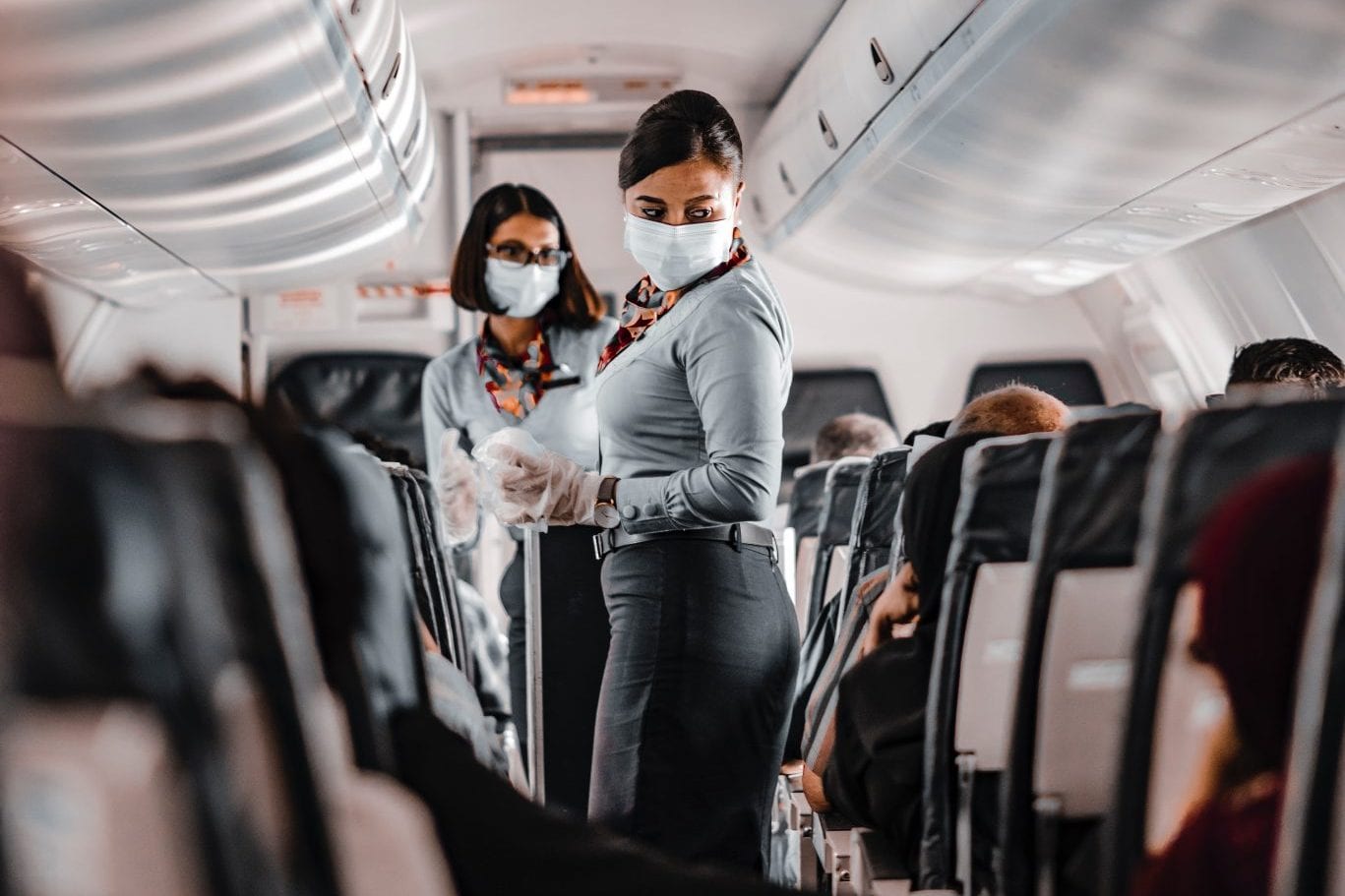Skift Take
With emotions likely to be high in 2021, it will be interesting to see how effective data crunching is when it comes to restarting travel.
It’s the question most global companies want an answer for: Can they finally restart their travel programs in 2021?
There’s been a lot of progress over the past few months, with several digital health passport schemes launched and vaccines rolling out. Travel corridors also offer some hope, with different countries relaxing rules or establishing fast lanes.
But at the same time, it means employers are faced with overwhelming amounts of information to process.
Now one technology platform thinks it has the answer. Dataminr said it leverages artificial intelligence to provide the earliest indications of business-critical information about risks to staff.
It claims it can provide real-time insights from on-the-ground happenings, such as new international travel restrictions or reports of overcrowded airport terminals through social media, to help inform travel decisions.
Dataminr also said it first detected the outbreak of Covid-19 from public social media posts at 9:11AM EST on December 30, 2019, so provided clients with the earliest warning — in advance of the U.S. Centers for Disease Control and Prevention announcement seven days later, and the World Health Organization’s announcement 10 days later.
In June, travel managers attempted to figure out their return to travel plans, which proved short-lived. Is data crunching the secret to restoring confidence?
Early Warning Signals
“Data is key to decision making as organizations plan their return to travel, as authorizing managers weigh up the competing risks versus business need,” said Daniel Raine, founder of Unlocked Data. “Third-party data sources can provide a useful bridge to support the pre-tip decision making ensuring the travellers are informed and supported throughout their travel experience.”
Organizations and their travel managers need to receive the most relevant and useful information, and arguably this is best performed with algorithms that filter large and multi-dimensional data sets to support the individual trip decision-making.
The idea of real-time decision making also flips around the notion of booking in advance to save money. With more continuous pricing and dynamic fares around the corner, it’s also becoming a much less relevant practice.
“The speed with which circumstances change means that the final travel decision remains fluid right through until departure,” Raine added. The data used to support these decisions must be similarly dynamic and timely.
Meanwhile, the ability to curate the right kinds of information could fit with other off-the-shelf risk services. “This could sit alongside or even compete with what International SOS, Healix, and Riskline provide with their alerts,” said Gavin Smith, director of Element Technology. “I can see this being a useful early warning system that could help a business prepare to take action.”
American Airlines, Allegiant Air and other travel companies use Dataminr, a spokesperson said, in addition to other corporations who use its alerts to assess risk for their employees who travel. Its website counts Citi, 3M, and McDonald’s as clients, while Baylor University in Waco, Texas uses the platform to assess risk for faculty and students who are traveling abroad.
HUman Touch
However, travel decision-making involves more than taking stock of where travel restrictions have been lifted. There’s the personal profile of the traveler and their own circumstances, including health and risk appetite, too.
Dataminr says business face a unique set of new risks and challenges, and the recipients of its alerts vary by organization, depending on how they approach risk management. And some customers choose to provide access to all of their employees, while others restrict access to specific roles within the organization.
Unlocked Data’s Raine argued that although data science can be good at evaluating the objective risk of travel and likelihood of successful outcomes, organisations have rightly steered away from using algorithms to measure the complexity of traveler’s risk profile.
“One of the elephants in the room has to be that no company will ever say something is 100 percent safe,” said Chris Pouney, a former travel manager and associate at GoldSpring Consulting. “Risk managers have long argued that we need to take a more nuanced approach to risk management, considering who is traveling, their demographics and behaviors, as well as where they are going, and who they are seeing. Mitigation can then be developed.”
In the meantime, industry executives across different sectors continue to put their heads together. Travel Again’s Global Travel Recovery Framework is one of the more recent initiatives to offer recommendations on how to rebuild traveler confidence. It brought together executives from companies including Facebook, Hilton, HRS, Southwest Airlines and Air Canada to thrash out a plan.
Employees ultimately have the final say in when they get back on the road, but companies will probably take whatever help they can to make that calculation as easy as possible.
Skift AI Travel Newsletter
AI coverage across travel sectors that’s focused on separating trendy moves from good ideas – in your inbox every Friday.
Have a confidential tip for Skift? Get in touch
Tags: air canada, artificial intelligence, cdc, facebook, hilton, southwest airlines, who
Photo credit: Organisations have so far tended to steer away from using algorithms to measure the complexity of a traveler's risk profile. Ismail Mohamed Sovile / Unsplash
